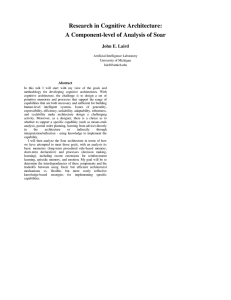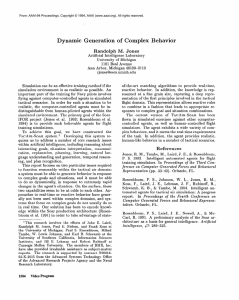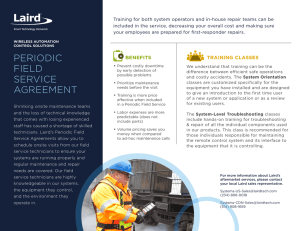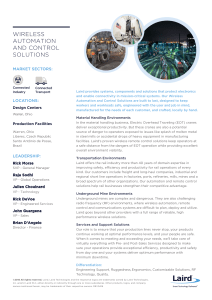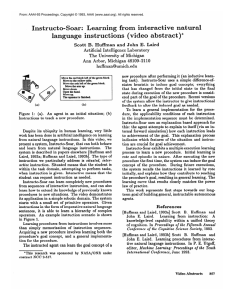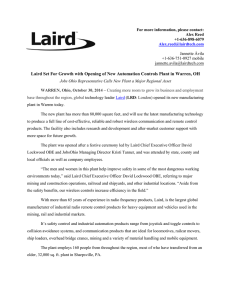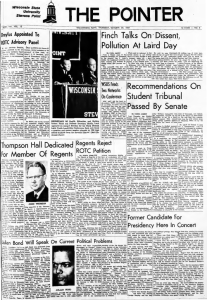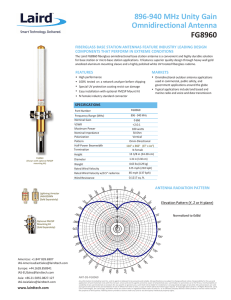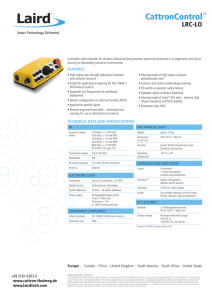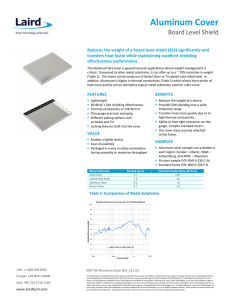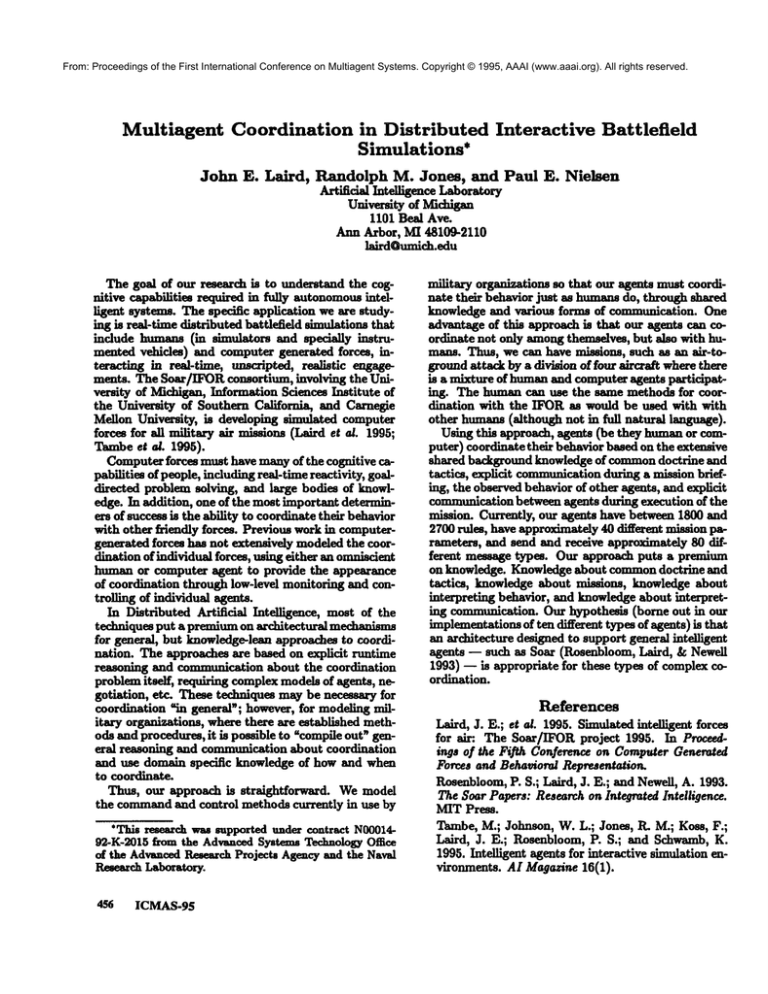
From: Proceedings of the First International Conference on Multiagent Systems. Copyright © 1995, AAAI (www.aaai.org). All rights reserved.
Multiagent
Coordination
in Distributed
Simulations*
Interactive
Battlefield
John E. Laird, Randolph M. Jones, and Paul E. Nielsen
Artificlal Intelligence Laboratory
University of MieM~an
1101 Beal Ave.
Ann Arbor, MI 48109-2110
lalrdQumich.edu
The goal of our research is to understand the cognitive capabilities required in fully autonomousintelligent systems. The specific application we are studying is real-time distributed battlefield simulations that
include humans (in shnul~ors and specially instrumented vehicles) and computer generated forces, interacting in real-time, tmscripted, realistic engagements. The Soar/IFOR consortium, involving the University of Michigan, Information Sciences Institute of
the University of Southern California, and Carnegie
Mellon University, is developing simulated computer
forces for all military air m;~ons (Laird et a/. 1995;
Tambe eta/. 1995).
Computer forces must have manyof the cognitive capabilities of people, including real-time reactivity, goaldirected problem solving, and large bodies of knowledge. In addition, one of the most important determiners of success is the ability to coordinate their behavior
with other frleadly forces. Previous work in computergenerated forces has not extensively modeled the coordination of individual forces, using either an olrmi~cient
human or computer agent to provide the appearance
of coordination through low-level monitoring and controlling of individual
agents.
In Distributed ArtLficlal Intelligence, most of the
techniques put a premium on architectural
medumisms
for general, but knowledge-lean approaches to coordination. The approaches are based on explicit runtime
reasoning and communication about the coordination
problem itself, requiring complexmodels of agents, negotiation, etc. These techniques may be necessary for
coordination "in general"; however, for modeling military organizations, where there are established methods and procedures, it is possible to "compile out~ general reasoning and communication about coordination
and use domain specific knowledge of how and when
to coordinate.
Thus, our approach is straightforward.
We model
the commandand control methods currently in use by
*This research was supported under contract N0001492-K-2015 from the Advanced Systems Technology Office
of the AdvancedResearch Projects Ageacy and the Naval
Research Laboratory.
456
ICMAS-9$
military orgauizatious so that our agents must coordinate their behavior just as humansdo, thron~h shared
knowledge and various forms of communication. One
advantage of this approach is that our agents can coordinate not only amongthemselves, but also with humans. Thus, we can have missions, such as an air-toground attack by a division of four aircraft where there
is a mixture of humanand computer agents participating. The human can use the same methods for coordination with the IFOR as would be used with with
other humans(although not in full natural language).
Using this approach, agents (be they humanor computer) coordinate their behavior based on the extensive
shared b~und knowledge of common doctrine and
tactics, explicit communicationduring a mi~donbriefing, the observed behavior of other agents, and explicit
communication between agents during execution of the
mission. Currently, our agents have between 1800 and
2700 rules, have approximately 40 different mission parameters, and send and receive approximately 80 different message types. Our approach puts a premium
on knowledge. Knowledge about commondoctrine and
tactics, knowledge about missions, knowledge about
interpreting behavior, and knowledge about interprettug communication. Our hypothesis (borne out in our
implementationsof ten different types of agents) is that
an architecture designed to support general intelligent
agents -- such as Soar (Rosenbloom, Laird, & Newell
1993) -- is appropriate for these types of complex coordination.
References
Laird, J. E.; et ai. 1995. Simulated intelligent forces
for air: The Soar/IFOR project 1995. In Proceedings o/ the Fifth Con/erence on Computer aenerated
Forces and Behaeiorul Representation.
Rosenbloom, P. S.; Laird, J. E.; and Newen,A. 1993.
The 8oar Papers: Research on Integrated Intelligence.
MIT Press.
Tambe, M.; Johnson1 W. L.; Jones, R. M.; Koss, F.;
Laird, J. E.; Rosenbloom, P. S.; and Schwamb, K.
1995. Intelligent agents for interactive simulation environments. AI Magazine 16(1).

